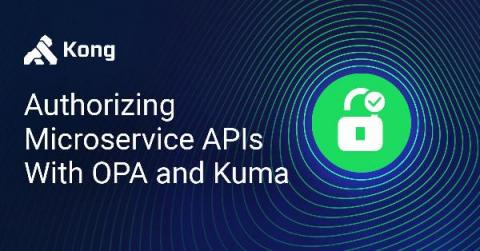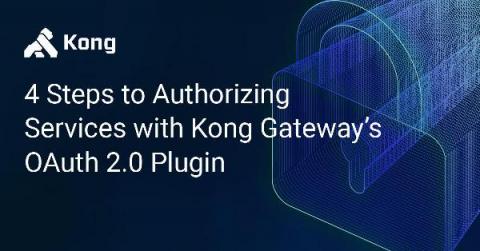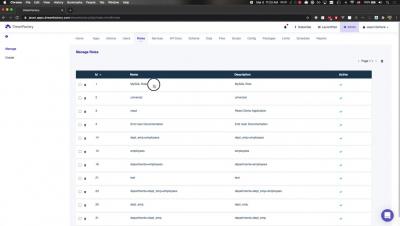Authorizing Microservice APIs With OPA and Kuma
Many companies are leveraging DevOps, microservices, automation, self-service, cloud and CI/CD pipelines. These megatrends are changing how companies are building and running software. One thing that often slips through the cracks is security. With microservices, there’s an increase in the number of APIs companies have to protect. YouTube An error occurred. Try watching this video on www.youtube.com, or enable JavaScript if it is disabled in your browser.










